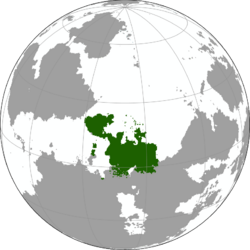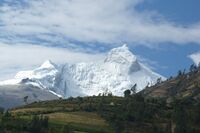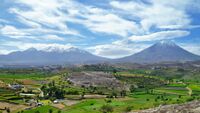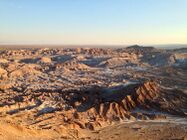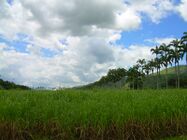Sonashikal
| This article is incomplete because it is pending further input from participants, or it is a work-in-progress by one author. Please comment on this article's talk page to share your input, comments and questions. Note: To contribute to this article, you may need to seek help from the author(s) of this page. |
| Imperial Sonashki Confederation ಸೋನಿಸಿಕಲ್ ಸಾಮರಾಜ್ಯ ಸಮಾಖ್ಯಾ Sōnāṣikal Sāmrājya Samākhya |
||||||
|---|---|---|---|---|---|---|
|
||||||
| Motto: "Saṅkula naḍuve yāvudē sōdaratva illa." "There is no brotherhood among beasts. " |
||||||
| Anthem: Tāyi Sōnaśā "Mother Sonasha"
|
||||||
Location of Sonashikal in dark green.
|
||||||
| Capital | Sokanagara | |||||
| Largest city | Trismani | |||||
| Official languages | Mosonashki | |||||
| Recognised national languages | 37 recognized national languages | |||||
| Demonym | Sonashki | |||||
| Government | Federal parliamentary constitutional monarchy | |||||
| - | Shokayawa | Lyahlie Aaaaaal | ||||
| - | Sinhakai | Aaa (NA) | ||||
| - | Upper house | Council of the Dawn | ||||
| - | Lower house | [[]] | ||||
| Establishment | ||||||
| - | First Empire | 937-1109 | ||||
| - | Second Empire | 1342-1520 | ||||
| - | Xmaitsua Period | 1521-1643 | ||||
| - | War of the Axtuwas | 1644-1711 | ||||
| - | Third Empire | 1711-1926 | ||||
| - | Fourth Empire | 1926-1949 | ||||
| - | Fifth Empire | 1951-present | ||||
| Area | ||||||
| - | 5,421,148.482 km2 2,093,117 sq mi |
|||||
| - | Water (%) | .8 | ||||
| Population | ||||||
| - | census | 733,611,645 | ||||
| - | Density | 135.32/km2 350.5/sq mi |
||||
| GDP (PPP) | 2015 estimate | |||||
| - | Total | $10.6 trillion | ||||
| - | Per capita | $14,453 | ||||
| Gini (2015) | Arrow_up.png 39.0 medium |
|||||
| HDI (2015) | medium |
|||||
| Currency | vada (SVD) | |||||
| Drives on the | right | |||||
| Calling code | +505 | |||||
| Internet TLD | .so | |||||
Sonashikal , officially the Imperial Sonashki Confederation (Mosonashki: ಸೋನಿಸಿಕಲ್ ಸೊನಾಶ್ಕಿ ಒಕ್ಕೂಟ Sōnākṣi Sāmrājya Samākhya), colloquially sometimes called the Sonashki Empire or simply Soka, is a federal constitutional monarchy located in northern Shrivala. Spanning 5,421,148 square kilometers, Sonashikal consists of 62 constituencies and 1 federal district, and borders Zataria in the southwest, the Mazarine Ocean in the west, the X Ocean in the north, the X Ocean in the east, and X in the south, as well as mostly encircling the microstate of Rawak Stov on the west coast. With 733,611,645 inhabitants, Sonashikal is one of the most populous states in the world, with much of the population concentrated on the northern coast along the Soka and Kothi mega deltas and along the Soka River in the interior Soka River Valley, particularly in the megacities of Trismani (the country's largest city, at the mouth of the Soka), Namarai, and Manjanam.
Etymology[edit | edit source]
History[edit | edit source]
=== First Empire
Second Empire[edit | edit source]
Third Empire[edit | edit source]
Fourth Empire[edit | edit source]
Fifth Empire[edit | edit source]
Geography and climate[edit | edit source]
|
Government and politics[edit | edit source]
Government[edit | edit source]
Sonashikal is a federal constitutional elective monarchy. The head of state is the Shokayawa, commonly referred to as the emperor, who is elected to a life term by the 15 elector-kings. Traditionally the Elector-Kings are the historically most powerful and influential rulers in the region of Sonashikal, and elect the emperor from among themselves or their dynasties. The emperor holds limited but significant executive power. This power is shared with the parliament.
The Sonashki parliament, the Narashodara, is tricameral. The lowest house is the Samakanya, translated as the People's Assembly, the , which consists of 800 representatives, divided up among the 50 voting constituencies proportional to and elected directly by their population; the middle house is the Samlerajana, commonly translated as Congress of Kings, which consists of 150 representatives, 3 from each voting constituency, appointed directly by the monarch of each kingdom; the upper house is the Samrakarshaya, the Imperial Council, consisting of 50 members, the monarchs from each kingdom, of which only those of the 15 elector-kingdoms may vote.
Politics[edit | edit source]
Law enforcement[edit | edit source]
Crime[edit | edit source]
Foreign relations[edit | edit source]
Military[edit | edit source]
Equipment[edit | edit source]
Doctrine[edit | edit source]
Administrative divisions[edit | edit source]
Sonashikal consists of 63 constituencies. Of these, 35 are classified as kingdoms, 15 elector-realms, 12 imperial territories, and 1 federal district.
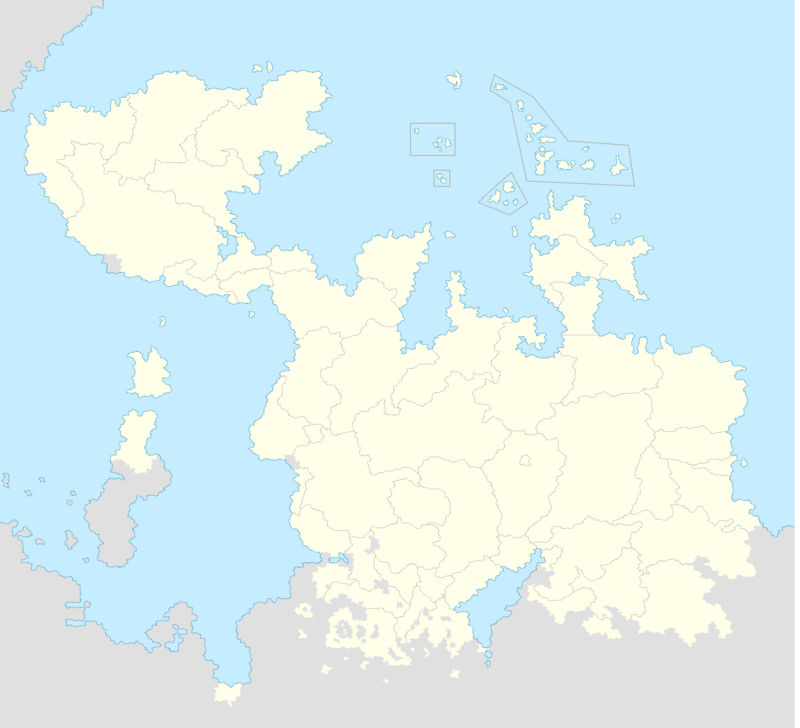
Economy[edit | edit source]
Demographics[edit | edit source]
Culture[edit | edit source]
Religion[edit | edit source]
Names[edit | edit source]
Tzonaqi names consist of three parts: a matronymic clan name, followed by a matronym, followed by a given name. Though less common in recent times, a devak name, given by the mother or grandmother at 20 years of age, is also sometimes included.
Clan names typically stretch back over many centuries and can encompass many families, with individuals being able to trace their lineage back to one specific female ancestor or, sometimes, even an animal or god.. Children inherit their clan name from their mother; in the case of unknown parents, they are often given the clan name of their adopter or guardian. Intermarriage within clans is taboo. The clan name is often invoked to emphasize politeness and respect being shown to an individual, and is typically the name used in formal settings.
The second part of the name is the matronym, which is the name of the mother preceded by "sha" or "sho" depending on if the child is female or male, respectively. This is the name generally used by coworkers and acquaintances.
The final part is the given name, typically given at birth used by friends and family. A devak name, which comes after the given name, is frequently assigned at the age of 16 by the mother or another female relative prominent in a teenager's life, and will typically be symbolic of either the teenager's own characteristics or hopes for their future. Oftentimes, it will have belonged to deceased relatives who shared similar qualities or dreams.
So, a Sonashki name may look like:
Lyahlie [clan name] + xo'Hinami [matronym] + Tzachel [given name] + Sxiyu [totem name]


